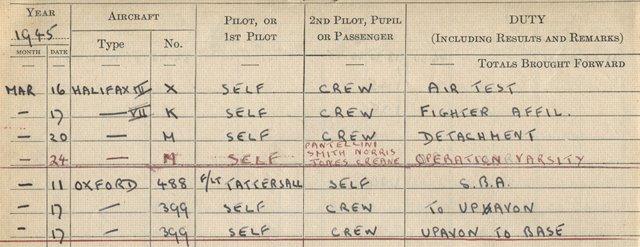T
T. van Vuuren
Guest
I have a client who's dad flew Dakotas in both D-day and Market garden for the RAF (SAAF)
I have a copy of his log boob stating "24 March '45 Dakota # K9-558 - operations . Tug. Horsa glider-invasion across Rhine"
Would this plane have been the standard RAF green over grey? WOuld it have the full invasion stripes all over or by this time only on the bottom?
I assume that a Dakota Mk3 and a C-47 would visiually be very close?
Thanx
Theuns
I have a copy of his log boob stating "24 March '45 Dakota # K9-558 - operations . Tug. Horsa glider-invasion across Rhine"
Would this plane have been the standard RAF green over grey? WOuld it have the full invasion stripes all over or by this time only on the bottom?
I assume that a Dakota Mk3 and a C-47 would visiually be very close?
Thanx
Theuns




 .
.

